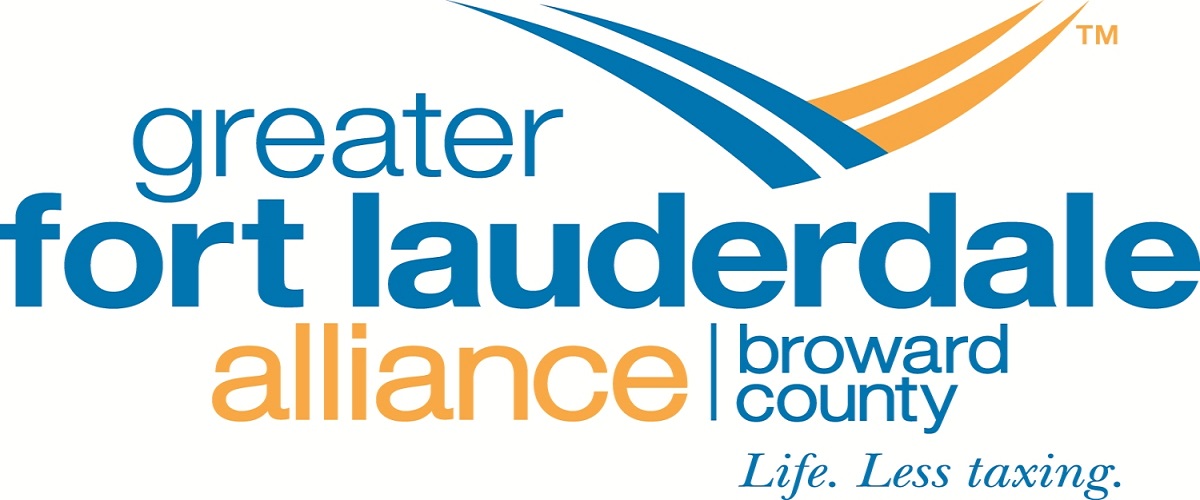Developer Graham Cos. wanted to have more time than the typical 10 years to repay a $120 million loan.
Property manager Cardinal Point Management LLC wanted to work with a flexible lender who can provide low interest for a $41 million loan.
And Vutec Corp. wanted a lender willing to issue $3.3 million after the electronics company filed for bankruptcy protection.
They all turned to alternative lenders rather than more heavily regulated banks.
“I think in this market, we are seeing a lot more of developers using alternative financing sources as opposed to going to the traditional banks because generally the alternative financing sources — private equity funds, for example — they don’t have to follow as many of the regulations as traditional banks do,” said Phillip Sosnow, a real estate partner at Bilzin Sumberg in Miami. “They have a little more flexibility in being able to lend.”
While national banks are the main player in South Florida commercial real estate lending, some alternative lenders are gaining ground. Life insurance companies set a record in 2017 when they issued $80 billion in commercial loans nationally, 4 percent more than in 2016, according to a Mortgage Bankers Association report.
In South Florida, borrowers are opting for alternative lenders because of the flexibility they provide, experts said. From offering more competitive interest rates and long repayment schedules to higher loan-to-value ratios, alternative lenders are less restrictive and increasingly becoming the choice for commercial borrowers.
Just ask Stuart Wyllie, head of Miami Lakes-based Graham Cos., which has developed much of the northwest Miami-Dade County town from its pioneer past as a family-owned dairy into an affluent suburb. The company closed June 21 on refinancing for a 29-property commercial portfolio, picking New York-based global insurer American International Group Inc. as the lender.
“We went with the life insurance company primarily because of the deal we were looking for. This is a 15-year deal. Your normal banks and those kinds of lenders don’t tend to go that long. Some do, but generally speaking they don’t,” Wyllie said. “These life insurance companies have long liabilities, and they look to match these mortgages up with those liabilities.”
Vutec, a video projection screen maker, needed to refinance its industrial owner-occupied building at 11711 W. Sample Road in Coral Springs about two years ago. But the was a year after its Chapter 11 bankruptcy filing, which likely reduced the pool of lenders willing to work with the company.
“A lot of banks won’t lend to companies that are either in bankruptcy or emerging from a bankruptcy,” said Brett Forman, president and CEO of commercial bridge lender Trez Forman Capital Group.
Trez Forman issued a nonrecourse loan with a 65 percent loan-to-value ratio. The 24-month financing allowed for a possible extension and had a 9 percent fixed interest rate.
“They had gone through a reorganization, and we gave them flexible terms so they can deploy more capital into their business,” Forman said. “We didn’t really look at the value of the business. We looked at the value of the real estate, and we made a loan based on the value of the real estate. Kind of a true asset-backed loan.”
Lending Overview
Despite the flexibility of alternative lenders, Federal Deposit Insurance Corp.-insured banks held 40 percent of the total $3.1 trillion outstanding debt, making them the largest single source for commercial and multifamily mortgage loans nationally in 2017, according to the Mortgage Bankers report.
But the report also showed banks had the lowest year-over-year increase at 6 percent in debt holdings in five years. At the same time, life insurance companies grew their portfolios by $40 billion, a 9 percent increase.
“The long-term nature of commercial and multifamily loans matches well with the long-term nature of many of the liabilities of these companies,” the report said.
The Dodd-Frank Act implemented in 2010 added restrictions on banks, including their commercial real estate lending. The U.S. Senate in March and the House in May voted to relax some of the restrictions on lenders with less than $250 billion in assets.
“The search for alternatives might be a result of the stricter regulations imposed on banks following the 2008 financial crisis,” Sosnow said. “New regulations aside, banks became more cautious. The banks have learned their lesson, and they don’t want to be stuck with a bunch of failed projects. Traditional banks are being a lot more cautious in their lending. Regulations have changed. And so their requirements are definitely a little more stringent than what a private equity lender or some of these alternative sources may be required to do.”
“At the same time, an influx of alternative lenders means they are competing hard for borrowers,” said Brian Gaswirth, HFF director in Miami. “The debt markets in general are super-competitive right now just given the amount of liquidity in the marketplace, and there’s a lot of groups that are looking to put out money. In order for them to win deals, you are seeing more competitive spread. There’s a lot of supply, not as much demand. So when there is a good deal in the marketplace, you get a lot of great options. Some alternative lenders are willing to go as high as 85 percent on loan-to-value ratios and as long as 30 years on loan terms.”
The Projects
Still, brokers and borrowers said it comes down to matching a project to the right lender, bank or otherwise. Cardinal Point, a Tampa investor that paid $47.5 million in July for the 12-story Coastal Tower at 2400 E. Commercial Blvd. in Fort Lauderdale, considered both banks and alternative lenders when looking for a loan.
It picked New York Life Insurance Co. as the issuer of $41 million in financing, including $32.4 million was for acquisition and the rest for renovations of the office building, said Gaswirth, who was part of the HFF team that secured the loan. The decision to go with the third largest life insurance company in the U.S. was based on the type of financing it offered, although Gaswirth declined to disclose the terms.
“There’s also the nonmonetary benefit of being able to start a new relationship with one of the largest life insurance companies in the country,” Gaswirth said.
“The Graham Cos.’ pool of lenders includes banks and alternatives,” Wyllie said. “A lot of its $120 million loan will be used for new construction.”
This includes Graham Cos.’ nearly finished 40,000-square-foot, two-story office building southeast of Main Street and Ludlam Road in Miami Lakes’ Town Center; two nearly finished industrial buildings with a combined 76,000 square feet at Business Park West; and a planned 220-unit senior apartment community also at Business Park West.
“Every deal stands on its own,” Wyllie said. “When we decide to go on the market looking for capital, we will look at all the sources.”
Source: DBR




